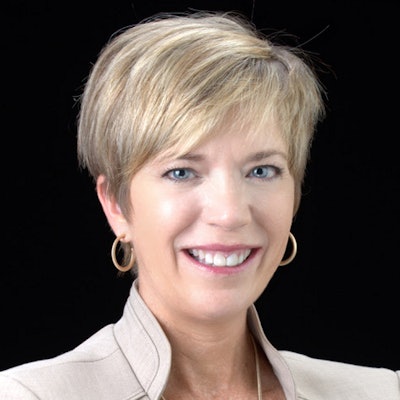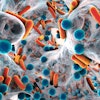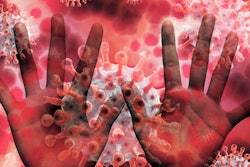
Think back to mid-March. Think back to all of the confusion surrounding COVID-19 and what dental practices needed to do to fight back against the spread of the virus. Think back to the days your practice was shut down or limited in scope, and think about how you and your team planned to be safe and prepared when you could see a full patient load again.
Now, think back to mid-October when a study published in the Journal of the American Dental Association revealed that the prevalence of COVID-19 among dentists was estimated to be about 1%. Dentistry prepared itself for the battle and, at least at this point in the pandemic, the preparation is paying off.
 Michelle Lee of OSAP.
Michelle Lee of OSAP.That study brought a big smile to the face of Michelle Lee, the executive director of the Organization for Safety, Asepsis and Prevention (OSAP), as well as the collective faces of the hundreds of dental infection control experts she works with on a regular basis. It was proof that preparation paid off.
Part of that preparation came during dentistry's shutdown when more than 600 oral healthcare professionals earned the OSAP-DALE Foundation Dental Infection Prevention and Control Certificate. That was a record number, and today many throughout the industry continue to earn the certificate.
"It's not just dental professionals taking this course, but also the manufacturers and distributors of dental infection control products," Lee said. "They have stepped up and are putting their own team members through this training. That's how much they are committed to dental safety, and I think that says so much about our industry today."
Lee said she has seen an enormous amount of collaboration between governing entities to ensure everyone is on the same page and sending out the same message regarding infection control and prevention -- a possible silver lining of the pandemic and its effect on the industry.
"The collaboration among dental associations, and the government entities involved in oral healthcare that have come together, has been amazing," Lee said. "Shortly after all of this began, we were invited to a weekly call that included governmental agencies and dental associations. On these calls, everyone could hear updates from the [U.S. Centers for Disease Control and Prevention (CDC), the Food and Drug Administration (FDA), the Occupational Safety and Health Administration (OSHA)], and others. The dental associations participating could share their updates and challenges. It was important to all of us that we were communicating accurate messages to our memberships."
Lee said membership in OSAP has grown roughly 20% during the pandemic, partly because of the leadership role the organization took, but also because OSAP decided to drop the paywall on much of its website to allow dental professionals uninhibited access to important infection control and prevention information.
"We've been around for 36 years, and I think we've been a very well-kept secret in dentistry," Lee said. "OSAP is a nonprofit membership organization comprised of a community of dental practices, educators, consultants, dental companies, and all those interested in trusted information, education, training, and resources. Simply put, we are helping the dental profession and the companies that support it with essential infection control training and credentialing to ensure the safest dental visit for patients and providers.
"When COVID-19 hit, it showcased our organization and leaders who have been passionate about keeping dental professionals and patients safe for years, dating back to before HIV/AIDS was a thought in the dental practice. We were able to co-brand webinars with the ADA and get our leaders out there as subject matter experts. That was important not only from an education standpoint but also to let people know what we've been doing for years and will continue to do to keep people safe."
Lee and her team are preparing how to lend their expertise for what could be a winter where COVID-19 is in the news more than we would like. Part of the preparation includes the annual Dental Infection Control Boot Camp, which will be held virtually this year and is open to all dental professionals.
That is part of the educational effort for 2021 that Lee and her team believe is important to continue and also ramp up, as dental patients are more focused on safety than perhaps ever before.
"I think patients are more educated now, and patients are going to be watching their providers more closely going forward," Lee said. "We have all learned things during this pandemic. How many patients really knew what [personal protective equipment (PPP)] was before all of this? Now these patients really know the importance of different levels of masks and sanitizing.
"Our patients are more educated, so that means we need to be making sure that we're demonstrating to them what we're doing in dentistry to keep them safe and communicating that talk every day."
The comments and observations expressed herein do not necessarily reflect the opinions of DrBicuspid.com, nor should they be construed as an endorsement or admonishment of any particular idea, vendor, or organization.



















